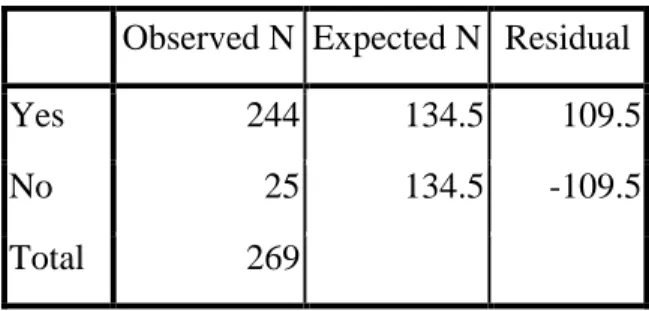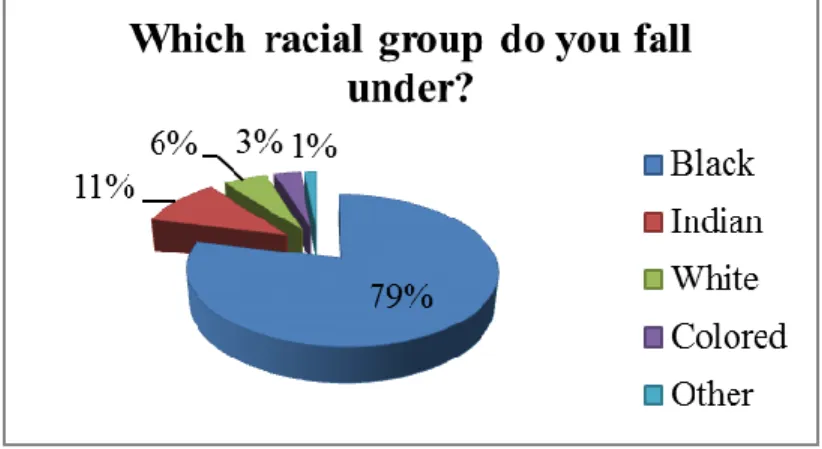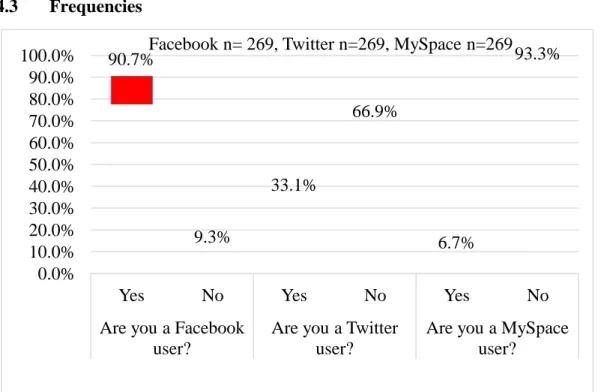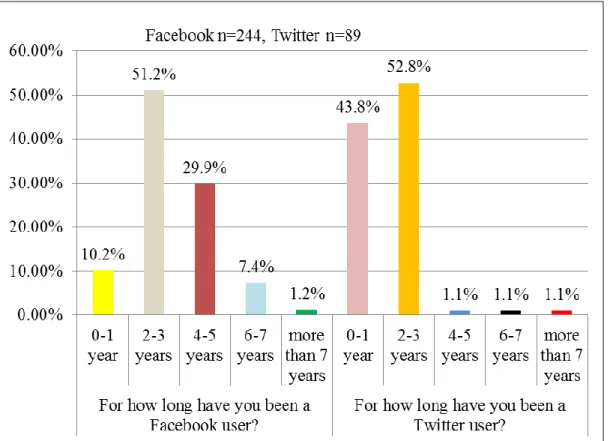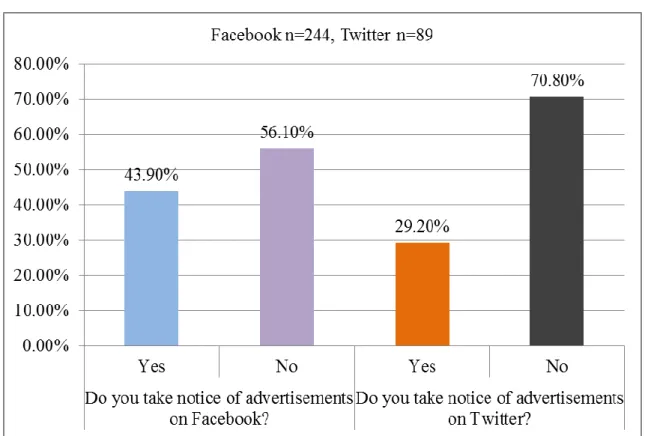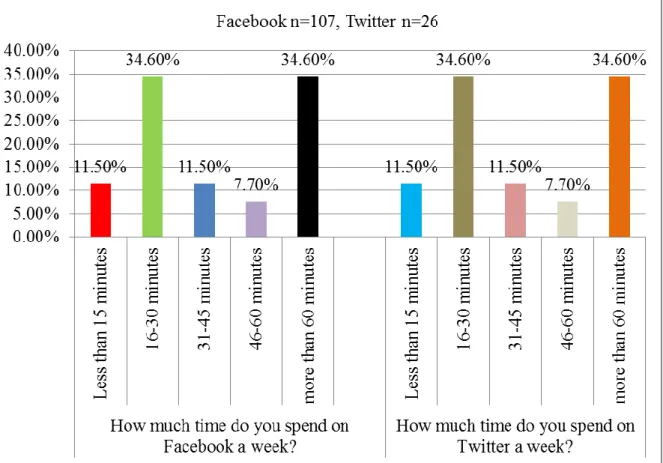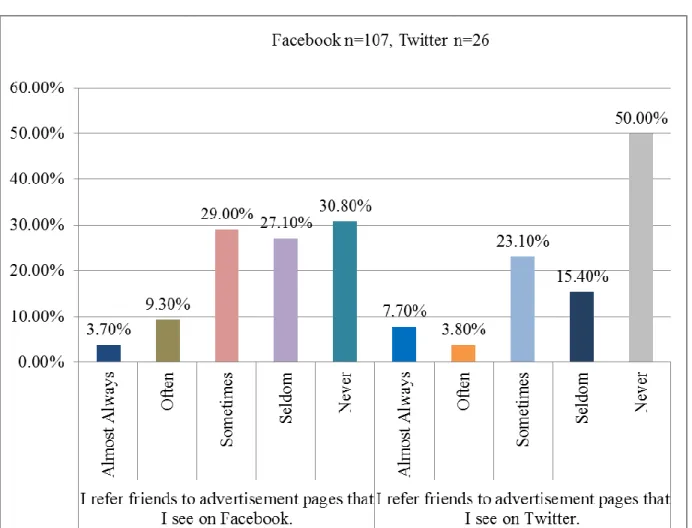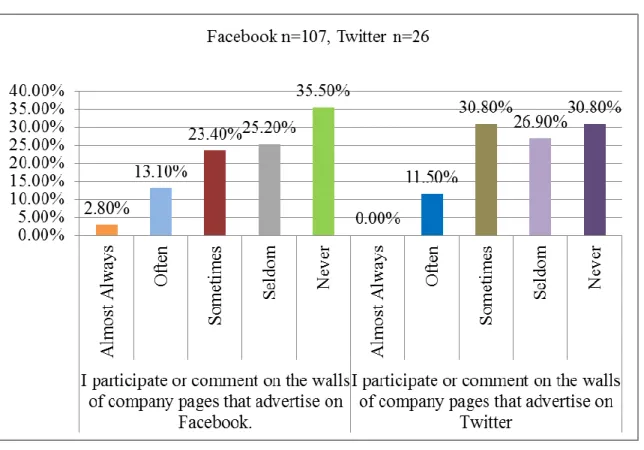The fourth research objective was to determine if social media can be used effectively to target Generation Y compared to traditional media. Thus, traditional media can be used to target Gen Y consumers more effectively than social media alternatives.
INTRODUCTION
- Introduction
- Motivation for the investigation
- Statement of the problem
- Aim of the research
- Research objectives
- Research question
- Overview of the Research Methodology
- Anticipated contribution
- Plan of the study
- Summary
The purpose of this research is to explore social media and its contribution to brand building. To determine whether social media can be used effectively to target Generation Y compared to traditional media.
SOCIAL MEDIA AND BRAND BUILDING
Introduction
What is a Brand?
Brand building
It is illustrated above that building a strong brand requires shaping customer perceptions and feelings about the brand. The creation of brand meaning is consequently very essential for customers to characterize a brand and be able to create some meaningful image about the brand (Keller, 2001:16).
Social media defined
AIDA (Attention-Interest-Desire-Action) and brand building
- AIDA and Social media
Social media posts should be linked to targeted landing pages and comments about specific products or services to help improve promotion. Desire: Social media can help improve desire through engagement, but in order to make it easier for someone to want to buy, the purchase must be simplified.
Generation Y and Social media
Action: Although it is possible to buy from Facebook, social media can influence the action by connecting the social media page with the company's website to enable easy purchases. In addition, Sanderson (2010:9) adds that the use of social media is the most successful method of advertising products to Generation Y.
Social media‟s contribution to Marketing
Social media helps brands create relationships with customers (Spenner and has proven to be very effective in creating brand awareness and ultimately sales, especially when a campaign becomes successful (Meehan & Barwise, 2010: 82). Waters (2010:13) states that many emerging and existing businesses are using social media marketing.
The role of Social media in Brand Building
- Impact of Social media on customer relationships
- Social media in South Africa and Brand Building
- Facebook as a brand building tool
- Twitter as a Brand Building Tool
- MySpace as a Brand Building Tool
Wu (2010, paragraph 6) argues that social media is more effective in terms of brand awareness if consumers are already aware of the brand's existence. Boies (2013, paragraph 4) suggests that the main value of building awareness through social media is its measurability.
Pros and cons of Social media in brand building
Additionally (McCoy, 2007 in Hutter et al. argue that another disadvantage of social media activities is when negative information spreads online, causing disruption and disruption. There is still a lack of understanding about the effects of social media campaigns (Hutter et al.).
Advertising
Brand referrals on social media have been seen to be more effective and reach a larger audience compared to traditional media (Bolton et al.). However, Divol (2012 in Hutter et al.) argue that “since brands cannot risk being absent from such an influential communication channel, despite the risks and doubts, companies are increasingly investing in their social media activities”.
The growing use of Social media to advertise
The social media budget is expected to increase by 19.5% of the total marketing budget by 2017. More than half of marketers who have used social media marketing for more than 3 years have reported an increase in sales over that period”.
Traditional media versus non-traditional media and brand building
Raghu (2013:41) argues that social media should be more ideal than traditional media in creating brand awareness. 37 Table 2.1: Comparison between social and traditional media in advertising Summary of advantages of traditional media.
Using Social media for Market Research to enable brand building
Social media allows companies to understand their customers in a better way, with this method marketers can gain more insights from consumers. Social media data collection can be useful in detecting human behavior, preferences and influential people (Byun et al.
Change in advertising industry
Moreover, “companies have made substantial efforts to meet such rapid trends and paid attention to the competitive advantages of using social media in marketing” (Byun et al.
Creating brand awareness through Social media
Additionally, social media has revealed the ability to create brand awareness (Eddy, 2013, Sections 1 & 2). Building your brand using social media allows you to develop new (and strengthen existing) relationships, which often leads to everything from brand awareness, loyalty and word-of-mouth marketing” (Gunelius, 2011, section 1).
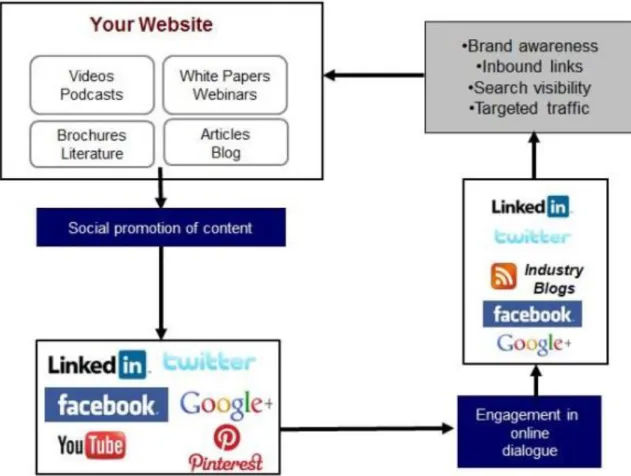
The influence of Social media on brand building
When an employee in the organization effectively communicates with customers online and gains insight into their perceptions and how they feel about the brand, it can improve brand building (Borges, 2009:110). 43 Social media provides tools for brand building where most purchasing decisions are made and heavily influenced by recommendations from friends (Motte, 2012, para. 3).
Companies that use Social media
Coca-Cola will reasonably monitor our behavior in the social media space, establish appropriate protocols for establishing our social media presence, and maintain appropriate records of our participation as required by law and/or industry best practices”. Oreo created a significant status change using social media marketing strategy, the recent Oreo Twist campaign has shown to be a success due to “100 Facebook posts in 100 days”. As a result of the campaign, Oreo garnered over 231 million media impressions from over 2,600 articles, they increased their Facebook fans by over a million and increased their Facebook engagement by 195% and also increased their share share by 280%, where each post was shared an average of 1,472 times” (Taylor, 2013, paragraph 5).
According to Taylor (2013, para. 16), AirAsia was able to increase and double the number of flights as a result of the campaign, and they also gained the following:
Previous studies relating to Social media
Summary
46 There is a significant growth in the use of social media, it has been found that traditional media is still effective. Social media have been found to be the best tools that can be used in customer relationship management, although the brand must already be known by consumers through traditional media. Many authors recommend that, in order to build a brand, both traditional and non-traditional media should be used.
In terms of the literature, driving brand awareness, knowledge and purchases is possible through social media, which can lead to brand building.
RESEARCH METHODOLOGY
- Introduction
- Statement of the problem
- Aim of the research
- Research design
- Sampling design
- Sampling
- Sample description
- Sampling Method
- Sampling Technique
- Sample size
- Data collection method
- Data collection instrument
- Discussion of the questionnaire linking with research objectives
- Section A: Facebook
- Section B: Twitter
- Section C: MySpace
- Section D: Traditional media and Social media
- Section E: Demographic information
- Motivation of social medium selection to research
- Pilot testing
- Data collection procedure
- Data editing
- Data coding
- Data analysis
- Custom Tables
- Questionnaire Administration
- Validity and reliability
- Validity
- Reliability
- Ethical considerations
- Summary
Martins, Loubser and Van Wyk define quantitative research as "the collection of primary data from a large number of individuals, often with the aim of projecting the results to a wider population". According to Parasuraman, sampling is "the collection of a fraction of the total amount of units of interest to decision makers, with the ultimate goal of being able to draw general conclusions about the entire body of units". This question helped to address whether social media can be used to improve the performance of the brand (Research Objective 1).
It is estimated that this is very necessary because “data obtained from various sources is not always complete and sometimes fields are left blank due to human errors; it also corrects entries in wrong places” (Pathak, 2009, para. 2).
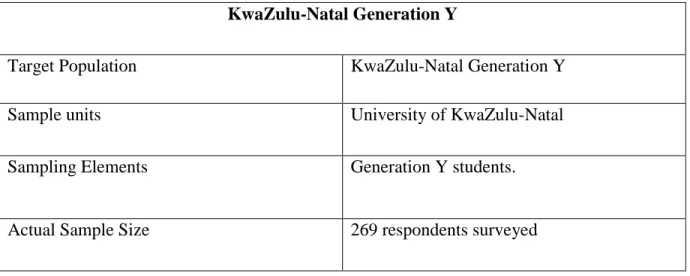
DISCUSSION OF RESULTS
- Introduction
- Demographic Profile
- Frequencies
- Chi-Square test
- Summary
It is clear (from Figure 4.7) that the majority (70.8%) of Twitter user respondents reported that they had not noticed Twitter advertising, while the remaining 29.2% of Twitter user respondents indicated that they do so. 69 Figure 4.10: I participate or comment on the walls of company pages that advertise on Facebook or Twitter. In Figure 4.11 above, 47.7% of Facebook user respondents indicated that they sometimes feel more knowledgeable about a brand when it is advertised on Facebook.
Figure 4.12 above clearly shows that 20.6% of Facebook user respondents reported that they often felt that Facebook helps increase their awareness of certain brands being advertised.
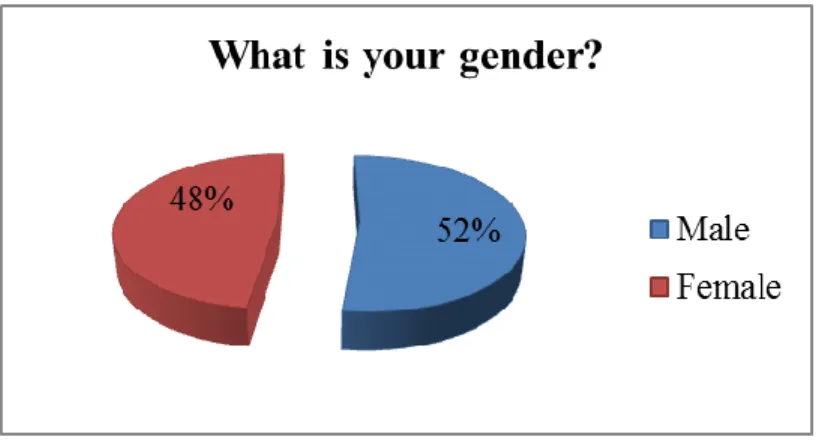
DISCUSSION OF RESULTS
- Introduction
- Empirical findings
- Research Objective 1
- Research Objective 2
- Research Objective 3
- Research Objective 4
- Overall Conclusion of the study
- Summary
The findings of this study show that more time is spent on traditional media compared to social media. 88 According to the table, respondents believe that traditional media give more information about the brand than social media. Respondents feel greater brand recognition when it is advertised in traditional media compared to social media.
This shows that traditional media can be used to target Generation Y more effectively, compared to social media.
RECOMMENDATIONS, LIMITATIONS AND FUTURE RESEARCH
Introduction
Recommendations
95 indicated that Generation Y feel that traditional media advertising presents the brand clearly compared to social media brand ads. Generation Y respondents in this study also indicated that they feel more knowledgeable about the brand when it is advertised on traditional media compared to when it is advertised on social media. When collecting data, companies must not only use social media because not all users of social media sites participate in companies' social network wall pages.
Businesses need to know who their target market is before they start advertising on social media.
Recommendations for future research
Delimitations of the Study
Since brand equity is difficult to measure, brand building will also be difficult to measure. However, in this study, brand building was seen in terms of: all aspects addressed in the questionnaire, e.g. According to Parameswaran, brand building is not a panacea for all corporate issues, but a multi-step process that enables a marketer to charge a premium price.
As brand building is a broad concept that can potentially include many variables, this study focused on some specific variables related to brand building rather than others, e.g.
Limitations of the research methodology
To determine the possible role of social media in research to improve selected aspects of brand building, e.g. To determine if social media can be used to gather information about selected aspects of the brand from Gen Y to help create brand awareness, knowledge, customer relationship building and brand building. Social media can be used to gather data on selected aspects of a brand to help create brand awareness, knowledge, customer relationship building and brand building.
Social media can be used effectively to target Generation Y, but traditional media is more effective.
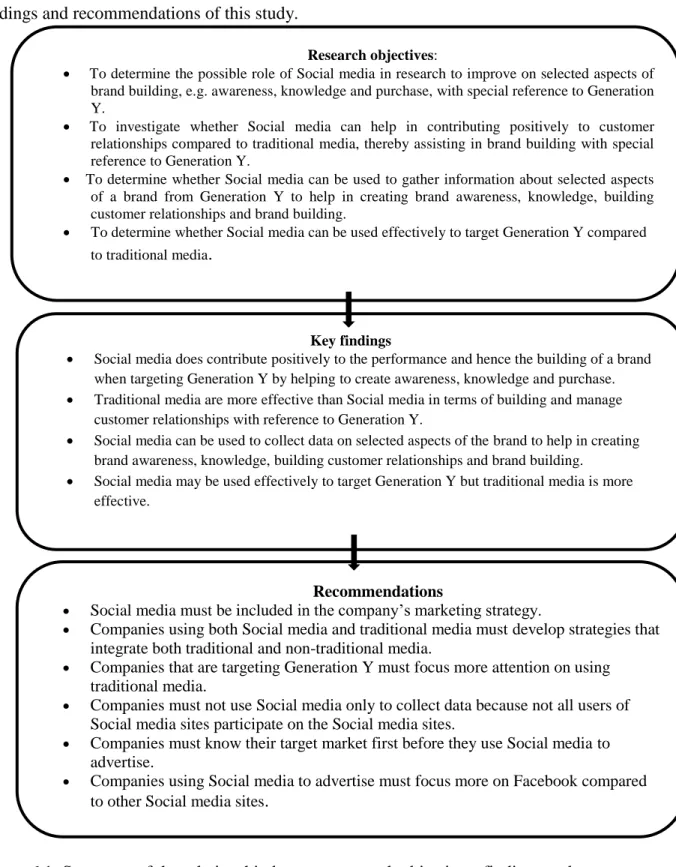
Summary
Available: http://www.likeable.com/blog/2013/09/7-reasons-why-social-media-is-an-absolute-must-for-business-branding/ [Accessed 2014, 08 January] . Available: http://www.eweek.com/small-business/social- media-tools-overused-search-marketing-underused-in-lead-generation/ [Accessed 2013 July 20]. Available: http://socialmediatoday.com/collinsom92/250833/monitoring-social-media-brand- perception [Accessed 2013 July 14]. http://www.simplypsychology.org/likert-scale.html [Accessed 2013 July 20].
Available: http://www.acegroup.com/us-en/assets/ace-progress-report-social-media.pdf [accessed 2014 January 8]. Available: http://www.zenworkz.com/blog/shaping-social-media-strategy-with-tradition-marketing-models-aida/ [accessed 2015 January 2]. Available: http://www.zenworkz.com/blog/shaping-social-media-strategy-with-tradition-marketing-models-aida/ [accessed 2014 May 4].
